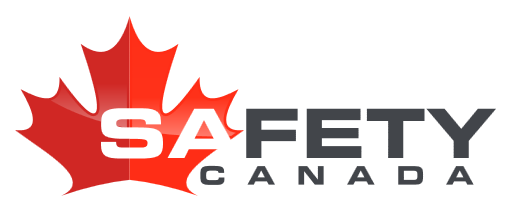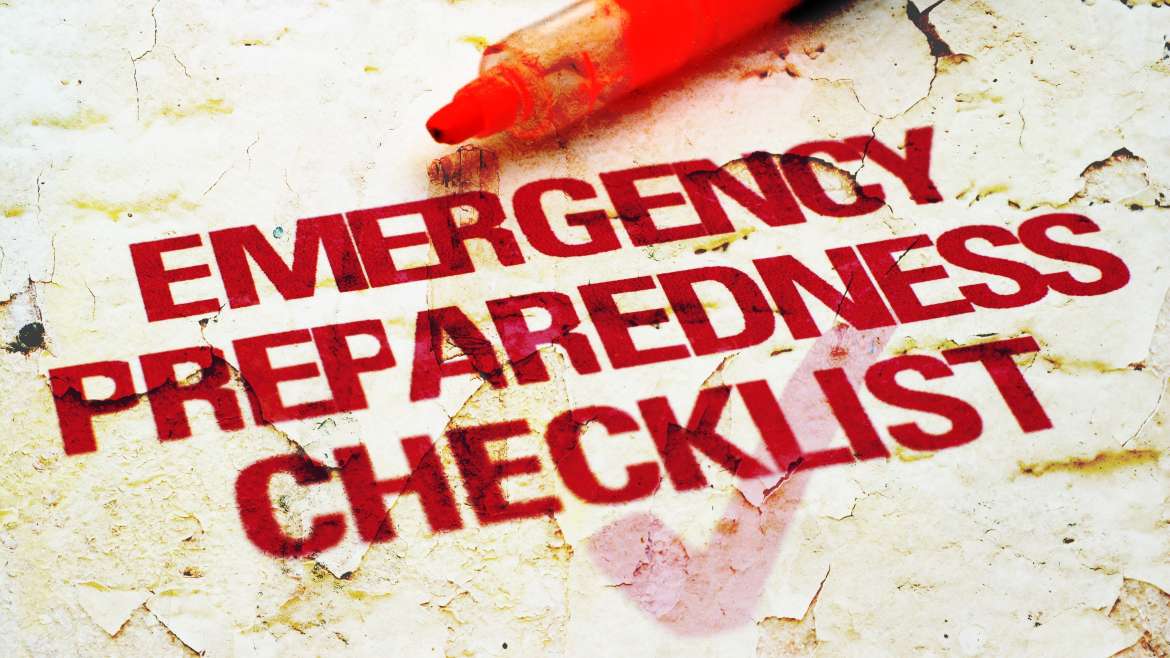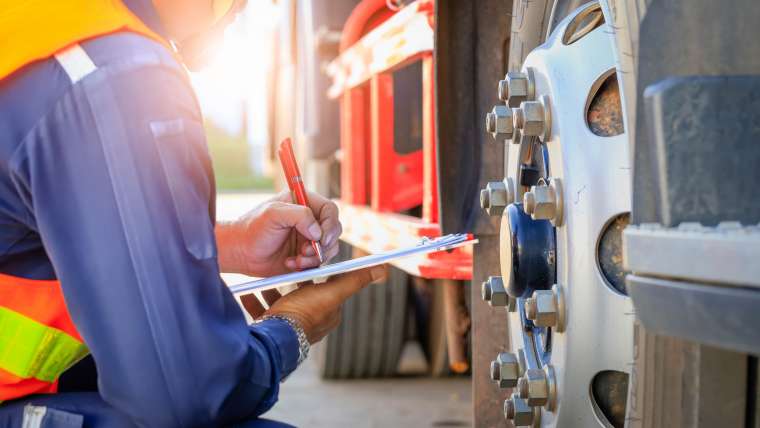The Importance of Personal Safety and Early Warning Systems
Disasters may seem overwhelming when considering the sheer complexity of the situation. Questions of, where are my loved ones? Where is the danger? Where do we go? What are we going to do? These questions are terrifying to think about, but there are ways in which we can prepare on an individual level, as well as using community systems to help safeguard citizens. Emergency kits, plans, strategies, and training are vital ways to keep your home prepared for an eventual overwhelming situation. These measures coupled with strong Early Warning Systems (EWS) and Emergency Social Services (ESS) are paramount in keeping communities safe and saving lives.
Personal Preparedness
Preparing to keep your home safe may seem like a daunting and expensive task, but there are simple cost effective things households can do to bolster preparedness. Allocate a spot in your home, and stock it with some cheap essentials such as water, canned food, candles, matches, a fire extinguisher, blankets, and spare clothes. There should be enough food and water for each household member for at least three days. This is not an exhaustive list, but a good start in the right direction for protecting your family.
In addition to an emergency kit, sit down with your loved ones and develop an emergency plan. The plan does not need to be specific to every emergency but should encompass an “all-hazard approach” style, so everyone can be familiar with their responsibilities. This may look like this; If it is safe to do so, we will meet in the living room, otherwise, we will meet on the road outside the front of the house. Sally will grab the emergency kit, tom will call 911, Jason will grab the dog, etc. It should be noted that everyone’s safety is the highest priority and nobody needs to put themselves at risk to accomplish their task.
Plans come together with preparation, strong strategies, and specific training. There are numerous online courses you, your friends, and your family can take to help educate and strengthen personal preparedness plans. A few to consider would be Basic First Aid, Fire Extinguisher Basics, and Emergency Planning. These courses may help strengthen your individual resilience and prepare you for the unexpected.




